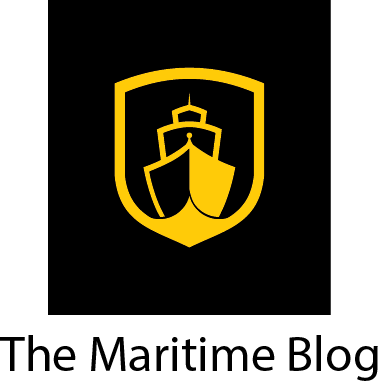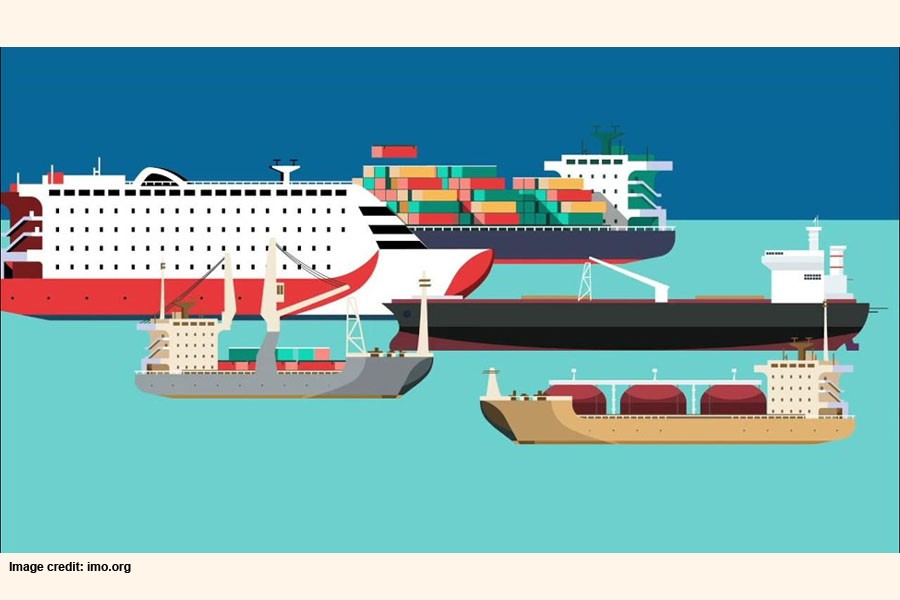 Dirty tanker spot freight rates mostly showed negative developments in July. The general sentiment in the tanker market remained weak, as per the usual trend during the summer months.
Dirty tanker spot freight rates mostly showed negative developments in July. The general sentiment in the tanker market remained weak, as per the usual trend during the summer months.
On average, dirty tanker freight rates were down by 1% in July from the previous month. VLCC and Aframax classes registered lower rates, while Suezmax average freight rates remained flat, maintaining the weak levels seen a month before. This was a continuation of the decline seen in the past few months, with no recovery witnessed in July amid falling rates on all reported routes. VLCC rates dropped by 6% as the market in the Middle East and West Africa was weak, affected mostly by the persisting tonnage availability. Suexmax spot freight rates showed no recovery, standing at WS61 points in July. Aframax freight rates were mixed, though the average rate showed a decline from the month before, suffering from a drop in rates in the Caribbean. In general, limited activities and a long positions list continue to drive the losses in the tanker market, where vessels mostly operate with earnings at near operational cost.
The clean tanker market showed weak sentiment on both directions of Suez, as thin tonnage demand prevented rates from registering gains. Clean tanker rates dropped by 1% on average from the previous month.
Spot fixtures
In July, OPEC spot fixtures increased by 0.32 mb/d, or 2.2%, compared with the previous month to stand at 14.82 mb/d. Global chartering activities worldwide showed increases from the previous month, mainly as fixtures from Middle East-to-East increased by 4.8% m-o-m and Middle East-to-West fixtures increased by 2.5% m-o-m to stand at 2.19 mb/d in July. Outside of the Middle East, fixtures were down from last month by 2.2%.
Sailings and arrivals
OPEC sailings increased by 0.46 mb/d, or 1.9%, in July from a month ago and by 0.85 mb/d from a year before. Sailings from the Middle East also went up from last month by 0.46 mb/d.
According to preliminary data, arrivals at ports in the main importing regions of North America and West Asia showed increases from a month earlier by 6.5% and 3.0%, respectively.
In contrast, vessel arrivals in Europe and the Far East declined from last month by 2.0% and 2.5%, respectively.
Dirty tanker freight rates
Very large crude carrier (VLCC)
Following the gains registered in June, VLCC freight rates dropped on average in July from the month before, down by 6% from the previous month, to stand at WS39 points.
VLCCs had a fair amount of activity at the beginning of July mainly in the Middle East, however tonnage built up, causing freight rates to soften. Moreover, limited tonnage demand in different areas such as the US Gulf Coast (USGC) and West Africa put further pressure on rates.
VLCC freight rates on different reported routes showed declines in July, despite ship owners’ constant attempts to increase freight rates even by a few points. However, the VLCC chartering market in July was not supported, as tonnage demand was reduced from Chinese charterers and the market remained oversupplied with ships. Thus, Middle East-to-East freight rates dropped by 4% m-o-m to stand at WS49 points in July. West Africa-to-East freight rates followed the same pattern, reflecting a similar drop of 3% m-o-m, to stand at WS50 points. Freight rates for tankers operating on the Middle East-to-West route also dropped by 10% from one month before.
VLCC freight rates stabilized at the end of the month as chartering requirements for August loadings were handled, showing healthy tonnage demand at that point. Nevertheless, no firming trend was detected as tonnage oversupply persisted in different areas. Furthermore, declining bunker prices had no impact on freight rates, as these were already close to operational cost.
Suezmax
Similar to what was seen in the VLCC sector, Suezmax spot freight rates were mostly weak in July, ending the month flat with an average of WS61 points.
In West Africa, the Suezmax chartering market was active, however freight rates remained broadly unchanged as a result of high tonnage availability. Spot freight rates for tankers operating on the West Africa-to-USGC route rose slightly by WS1 point to stand at WS66 points.
Spot freight rates for tankers operating on the Northwest Europe (NWE)-to-USGC route dropped by 2% m-o-m, to average WS56 points in July. A constant availability of ships continued to prevent increases in freight rates in the Black Sea, despite high loading requirements in the area.
In the Mediterranean, Suezmax freight rates registered no significant gains, despite attempts by ship owners to push for higher rates as the Aframax market in the Mediterranean firmed.
Aframax
Aframax freight rates were mixed in July, with spot freight rates on most reported routes showing increases from the previous month. Nevertheless, these gains were offset by a significant drop in rates seen in the Caribbean. On average, Aframax spot freight rates dropped by a slight WS1 point from the previous month to average WS102 points.
Generally, Aframax rates softened in the Caribbean gradually at the beginning of the month, following US holidays, as a build in tonnage and low inquiries together created further downward pressure. Aframax freight rates registered on the Caribbean-to-US East Coast (USEC) route dropped remarkably, down by WS40 points m-o-m, to average WS98 points in July.
Rates in the Baltics and North Sea fluctuated dramatically, increasing by almost WS20 points and showing a swing at the beginning of the month before dropping afterwards and gaining again rapidly as a result of high activity versus limited tonnage supply at that point.
The lifting of force majeure at some ports led to higher rates in the Mediterranean, providing an opportunity for increased cargo liftings and tonnage demand. Nevertheless, rates declined later in the same region as cancellations of some fixtures affected rates negatively.
Additionally, operational delays at Italian ports supported the increase in rates. Therefore, freight rates for tankers operating on the Mediterranean-to-NWE route and the Mediterranean-to-Mediterranean route rose by WS18 points and WS17 points on average to stand at WS104 points and WS111 points, respectively.
Clean tanker freight rates
Clean tanker market sentiment saw differing trends on different routes in July, though mostly remaining weak. On average, clean spot tanker freight rates dropped by 1% from the month before to stand at WS125 points, mostly due to a decline in average freight rates on the West of Suez route, which declined by 5% m-o-m. Overall, clean tanker developments in different regions were best described as uneventful, showing mostly no changes in rates.
Rates in the East increased marginally following flat developments at the beginning of the month, indicating the beginning of a positive trend as the Far East market showed some improvements in freight rates. Middle East-to-East spot freight rates rose by 1% in July over a month earlier to average WS118 points, while the rate for tankers trading on the Singapore-to-East route went up by 9% m-o-m to average WS135 points. Overall, clean tanker developments in different regions were best described as uneventful, showing mostly no changes in rates.
NWE-to-USEC spot freight rates dropped by 4% in July compared with the previous month to average WS105 points. The rates for the Mediterranean-to-Mediterranean and the Mediterranean-to-NWE routes declined, each dropping by WS7 points, to stand at WS128 points and WS138 points, respectively.
Source: OPEC

























